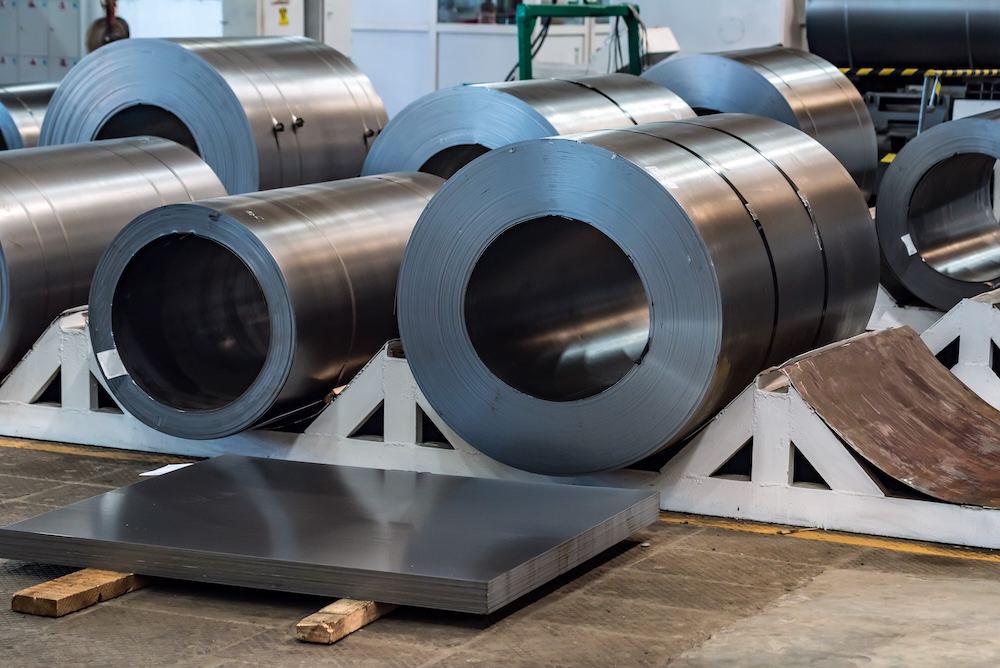You’ve probably noticed the difference in costs when comparing asset-based loans to commercial bank loans. Why would these seemingly similar sources of capital be priced so differently? Is the price difference a cause for concern? Let’s discuss the reason for these price differences in small business lending.
It’s an unfortunate reality that many small to medium-sized businesses can’t qualify for bank financing. Newer companies with limited operating and credit histories often find it difficult to attain loans from the traditional banking sector. Even profitable firms sometimes face unique circumstances that make qualifying for short-term bank financing nearly impossible. Many businesses that do qualify may be frustrated by the slow-moving process and an inability to receive timely funding. For these situations, there are private lending companies like Worth Avenue Capital that provide alternative financing such as asset-based lending for business needs like machinery, equipment, purchase order financing, inventory and much more. Asset based lending, sometimes referred to as ABL, is becoming more and more popular—especially in certain industries.
You may wonder, why ABL seems more expensive than other lending options? We will discuss a few of the details so you can better understand how a lender prices various financing mechanisms for its borrowers.
It may surprise you to learn that ABL and more traditional C&I loans have similar default rates, suggesting similar risk profiles. Accordingly, pricing should be similar, but the cost structure differs when it comes to underwriting and monitoring the loans. While the initial underwriting cost may be similar ABL must be closely followed over their lifetime. The higher monitoring costs are what increase the cost of ABL. One thing to note is that the underwriting and monitoring costs are essentially “fixed” costs for a lender. That means a small credit line bears much of the same cost as a larger loan, resulting in pricing that often appears to favor larger asset-based loans. Understanding how pricing differs between types and sizes of loans is vital if you want to get the best deal for your small business lending.
Is Predatory Pricing a Concern?
Some hedge fund managers and others believe that there is predatory pricing in the asset-based lending arena. However, this belief is wrong as loan pricing simply reflects the different cost structure of ABL relative to traditional lending. Unlike C&I loans, there is a need for monitoring assets that extend throughout the loan’s lifecycle. As such, lenders in this space need experience and knowledge that simply isn’t found at most traditional banks.
It is important to realize that the ABL market includes many different lenders. Each has a different risk appetite and brings different benefits to the table. As a borrower, it is up to you to research the options and find a private lender that meets your needs and caters to your level of risk.
If you would like more information about asset-based loans, or if you want to talk to an expert about the options that may be available to you, reach out to us at Worth Avenue Capital. We would love to show you how affordable and beneficial our lending options can be.
Recent Posts
Worth Avenue Capital Finances Successful Greenwich Luxury Condo Development
Congratulations to Dream Home Custom Builders (DHCB), who has successfully closed on the sale of three out of four luxury condominium units at...
Multinational Steel Company Uses WAC Loan Towards Construction of New Manufacturing Facility
November 24,2025: Worth Avenue Capital, LLC is pleased to announce that it just successfully closed a $3,000,000 commercial loan to a multinational steel...
Fundamentals of Private Lending
Fresh out of college in 1983, I began my career as a credit analyst at a small commercial bank in New York City....


